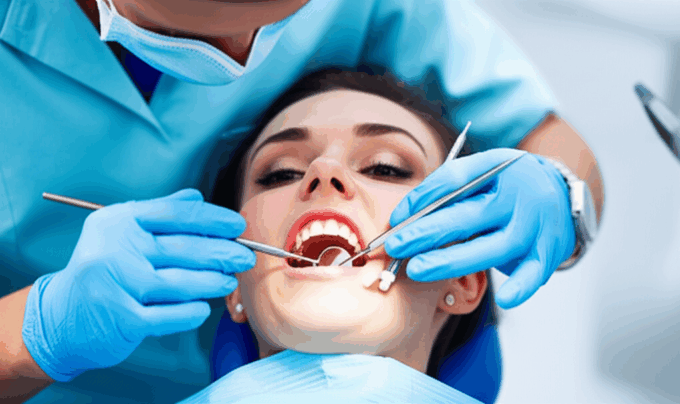Dental emergencies can strike without warning, leaving you in excruciating pain and uncertainty about what to do next. From a chipped tooth during a sporting event to an excruciating toothache that keeps you up all night, these unforeseen situations require immediate attention. Understanding how to handle them effectively can make a significant difference in preserving your oral health and alleviating your discomfort. This guide aims to equip you with the knowledge and steps to navigate through common dental emergencies, offering urgent care strategies and potential solutions.
Recognizing a Dental Emergency
Not every toothache warrants an emergency visit, but certain signs clearly indicate that professional dental intervention is needed immediately. These include:
Severe Tooth Pain: Persistent, throbbing pain that doesn’t subside with over-the-counter pain relievers is a strong indicator of a serious issue, often related to infection or nerve damage.
Knocked-Out Tooth: This is perhaps the most critical dental emergency. If a tooth is completely dislodged from its socket, prompt action can significantly increase the chances of successful reattachment.
Broken or Chipped Tooth: Beyond cosmetic concerns, a broken or chipped tooth can expose the sensitive inner layers, leading to pain and infection. If a large piece is missing or the break is deep, it’s an emergency.
Lost Filling or Crown: While a lost filling or crown might not cause immediate pain, it leaves the tooth vulnerable to further damage and infection. It’s best to address this promptly.
Abscessed Tooth: A dental abscess is a pus-filled pocket that forms due to a bacterial infection. Symptoms include severe pain, fever, swelling of the gums or face, and a foul taste in the mouth. This is a serious condition that can spread if not treated.
Bleeding in the Mouth: Uncontrolled bleeding from the gums or a tooth socket that doesn’t stop after applying pressure warrants immediate dental attention.
* Jaw Injury: Trauma to the jaw, especially if it results in dislocation or significant pain and difficulty moving your mouth, should be treated as an emergency.
Immediate Steps for Common Dental Emergencies
When faced with a dental crisis, acting quickly and calmly is crucial. Here’s a breakdown of immediate actions for some of the most common scenarios:
Knocked-Out Tooth:
1. Find the Tooth: Locate the tooth and handle it only by the crown (the visible part), not the root.
2. Rinse Gently: If the tooth is dirty, rinse it under cool water for no more than 10 seconds. Do not scrub it or let it dry.
3. Reinsert (if possible): Try to gently place the tooth back into its socket in the gum.
4. Store Properly: If you can’t reinsert it, place the tooth in a container of milk, saliva, or sterile saline solution. Make sure the tooth is fully submerged.
5. Seek Dental Care IMMEDIATELY: Time is critical. Get to a dentist or emergency room within 30 minutes.
Broken or Chipped Tooth:
1. Rinse Your Mouth: Gently rinse your mouth with warm water to clean the area.
2. Apply Cold Compress: To reduce swelling and pain, apply a cold compress or ice pack to the outside of your cheek.
3. Collect Fragments: If possible, collect any broken pieces of the tooth and store them in milk or saliva.
4. Cover Sharp Edges: You can temporarily cover any sharp edges with a piece of sugar-free gum or dental wax to prevent injury to your tongue or cheeks.
5. Contact Your Dentist: Call your dentist as soon as possible.
Severe Toothache or Abscess:
1. Rinse with Warm Saltwater: Mix half a teaspoon of salt in a cup of warm water and rinse your mouth. This can help clean the area and reduce swelling.
2. Avoid Certain Foods: Steer clear of very hot, cold, or sugary foods and drinks that can exacerbate pain.
3. Use Pain Relievers: Over-the-counter pain medications like ibuprofen or acetaminophen can help manage discomfort.
4. Do NOT Apply Heat: Applying heat directly to the affected area can worsen an abscess by spreading infection.
5. Seek Dental Help: Contact your dentist immediately. An abscess requires professional draining and antibiotic treatment.
Lost Filling or Crown:
1. Rinse Your Mouth: Gently rinse with warm water.
2. Cover the Tooth: If the filling has fallen out, you can try to temporarily cover the exposed tooth with sugar-free gum or dental wax.
3. Keep the Crown: If a crown has



